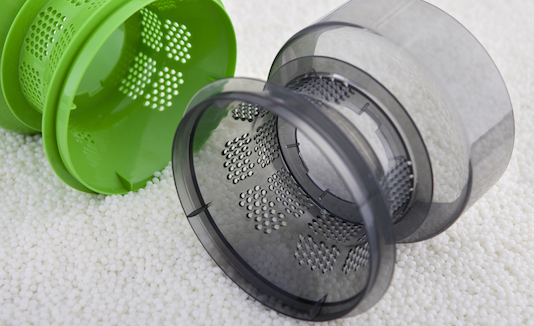
Metal to plastic conversion is hardly a new phenomenon. Plastics materials have been replacing more traditional materials since they were first developed in the late 1800s.
In the ensuing years, the use of engineering plastics in applications to replace metal increased exponentially. Driven by significant reductions in cost and weight as well as enhanced design freedom, design engineers changed many applications that were once dominated by metal over to engineering plastics. This flurry of activity to leverage untapped potential was one of the main drivers for the explosive growth of the ETP market in the 1970s and 80s.
Today, metal replacement remains a key driver for growth in engineering plastics; but, with much of the “low hanging fruit” already being converted, most of the remaining opportunities offer tough but not insurmountable challenges to designers. They can be overcome with the combination of design, process innovation, and new material technology.
Continuous improvements in polymers, reinforcements, compounding, design techniques, and polymer processing serve as the foundation for expanded metal to plastic conversion capabilities. As a result, OEMs are reaping four major benefits of transitioning to engineering plastics:
There are several benefits to replacing metal with engineering plastics; however, the substitution is neither arbitrary nor without its challenges.
In many applications metals have historically been the materials of choice for some compelling reasons — most notably the stiffness that metal exhibits and the relatively low raw material cost of many types of metal. In simple terms, metal is stiff and metal is cheap. Because of this, simple 1:1 replacement of metal with plastics rarely happens.
It is true that simple 1:1 conversions from metal to plastics often present significant challenges. However, the combination of strategically chosen materials and thoughtful design can often overcome the obstacles that these types of conversions present.
Today’s metal to plastic conversion efforts involve advanced materials like Creamid® S semi-aromatic polyamides. With a property profile that counters many of the long-held objections to plastics, Creamid® S offers:
Recent advancements in material technology give designers the chance to take advantage of the inherent benefits of engineering plastics. Creamid® S from Teknor Apex offers weight reduction, design freedom, and overall cost improvement in some of the most demanding traditionally die cast or assembled metal applications.
Contact the Teknor Apex team to learn more about Creamid® S and other material and design considerations for metal to plastic conversion.